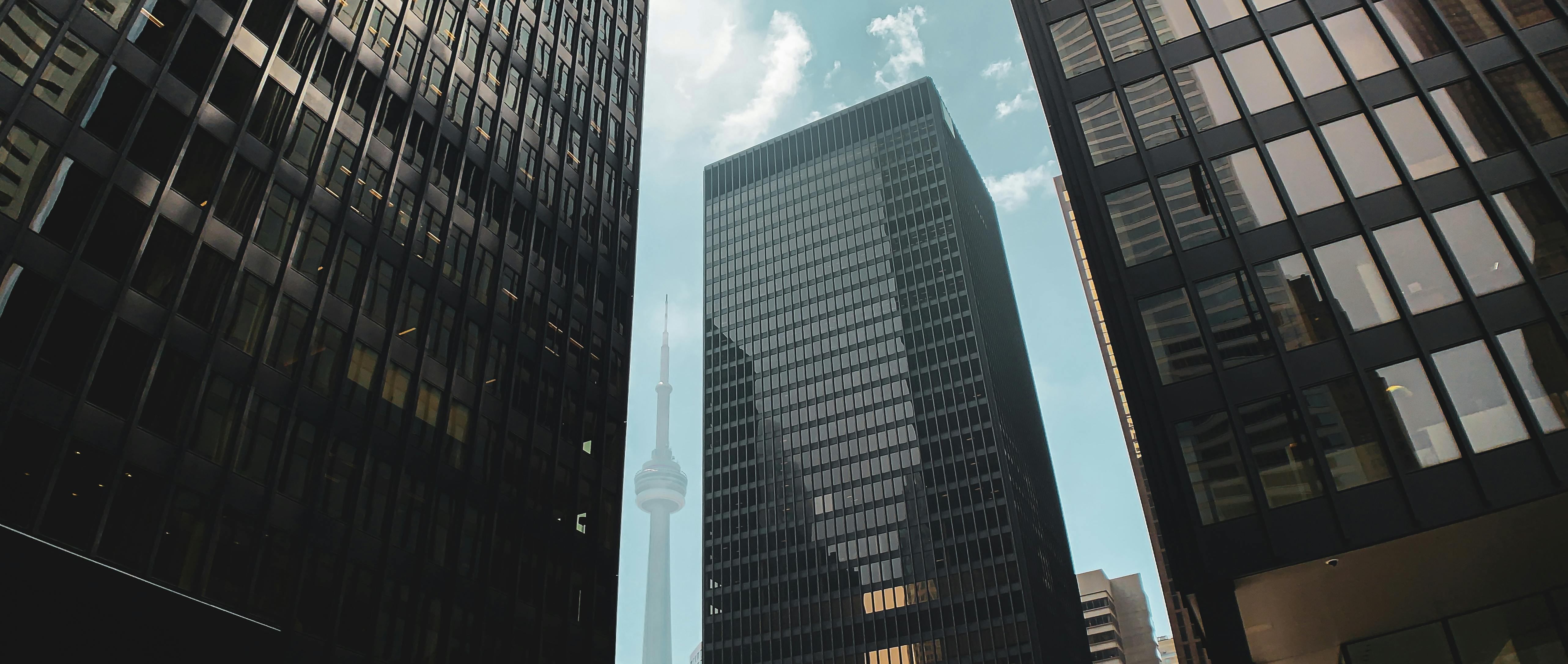
Innovative Architectural Concepts Shaping the Future of Our Cities
Innovative Architectural Concepts Shaping the Future of Our Cities
Introduction
As the world population continues to grow, so does the need for innovative and forward-thinking architecture and urban planning. The cities of the future will need to be resilient, sustainable, and adaptable to rapid changes, including technological advancements, social shifts, and environmental challenges. In this article, we will explore some of the innovative architectural concepts that are currently shaping the future of our cities.
Sustainability
Sustainability is a crucial consideration in modern architecture and urban design. A sustainable city is one that meets the needs of the present without compromising the ability of future generations to meet their own needs. Innovative architects are turning to green building techniques, such as using recycled or renewable materials, incorporating natural light and ventilation, and installing energy-efficient systems. Additionally, sustainable urban planning often includes mixed-use zoning, encouraging walking or biking over car use, and ensuring easy access to public transportation.
One of the most forward-thinking examples of sustainable architecture is the Bosco Verticale in Milan, Italy. The towers, designed by Stefano Boeri Architetti, are covered in over 20,000 trees and plants, absorbing CO2 and producing oxygen while reducing air pollution. It also offers biodiversity, while residents can enjoy views from their apartments and balconies.
Adaptive Reuse
One of the most promising architectural concepts for the future of our cities is adaptive reuse, which involves converting existing structures into new, functional spaces. Instead of tearing down and building new structures, adaptive reuse attempts to retain the history and character of a city while meeting new demands.
An example is The High Line in New York City, a 1.45-mile linear park built on top of an abandoned railroad track. The High Line integrates green space and contemporary art, while preserving a piece of the city's industrial heritage.
Smart Cities
The rapid development of technology is changing the way we live and impacting the design of our cities. Smart cities are those that use technology to improve the quality of life for inhabitants while reducing environmental impact. Examples include using IoT sensors to reduce traffic in congested areas, implementing smart grids to regulate power, and offering free WiFi throughout the city.
Singapore is leading the way in smart city planning with its Smart Nation initiative, which aims to improve lives through technology. Initiatives include providing cashless payment options and creating a network of sensors to monitor air and water quality, among other sustainability factors.
Conclusion
As urbanisation and population growth continue to shape our cities, innovative architecture and urban planning concepts are critical to ensuring their adaptability and sustainability. Buildings and infrastructure must be designed with the challenges of the future in mind, including climate change and technological advancements. Innovative architects and urban planners offer a range of concepts and solutions that can provide these much-needed adaptations while preserving the history and character of the cities.
